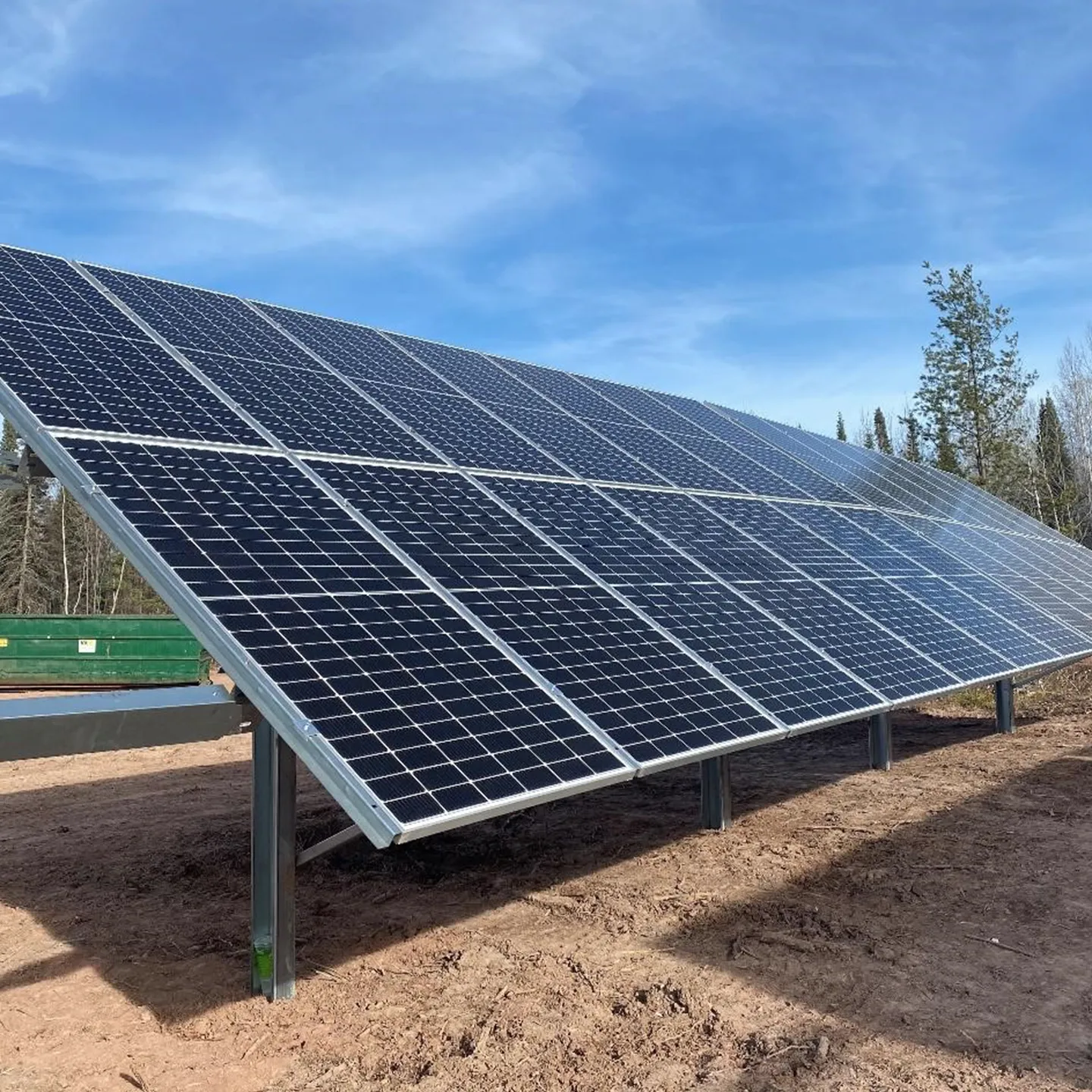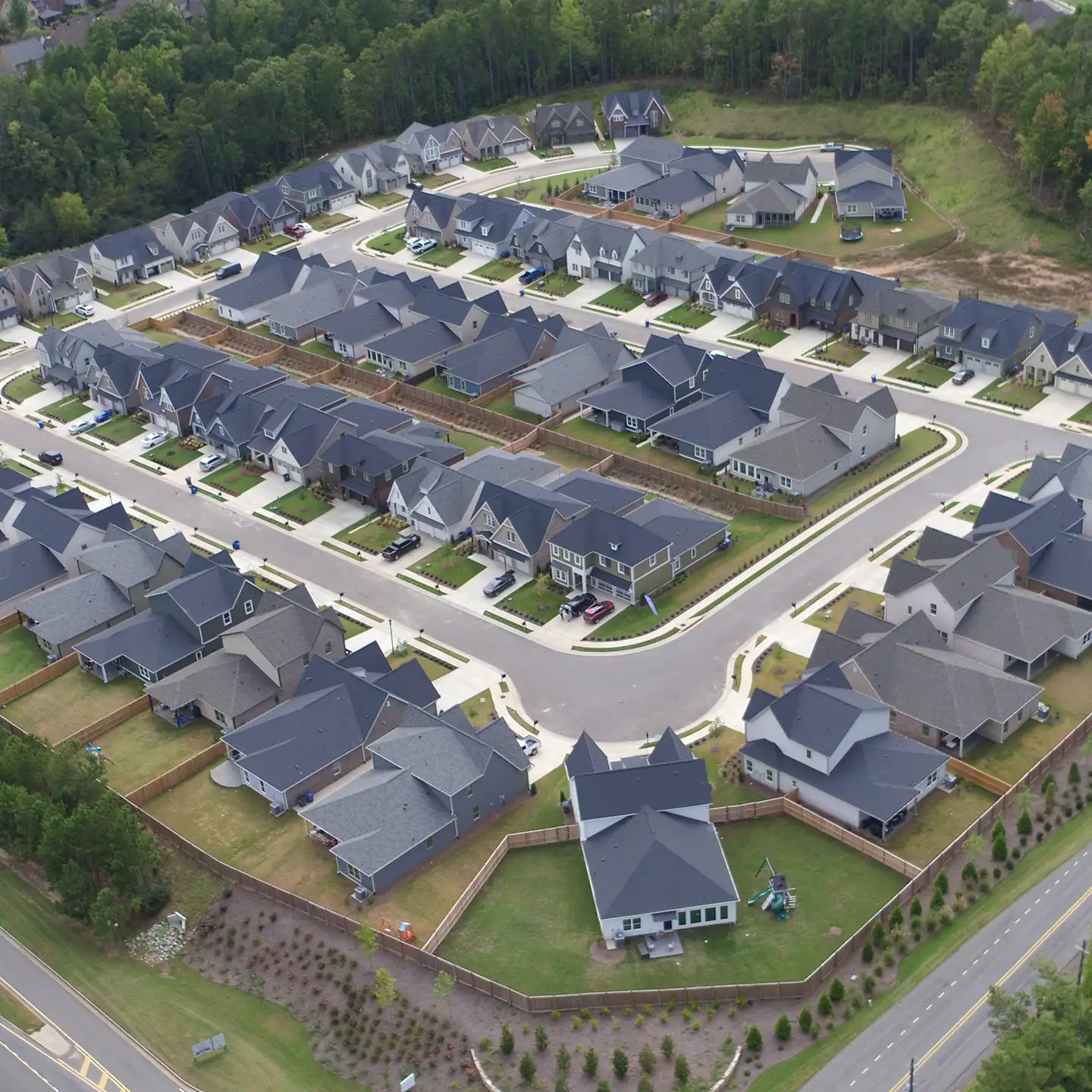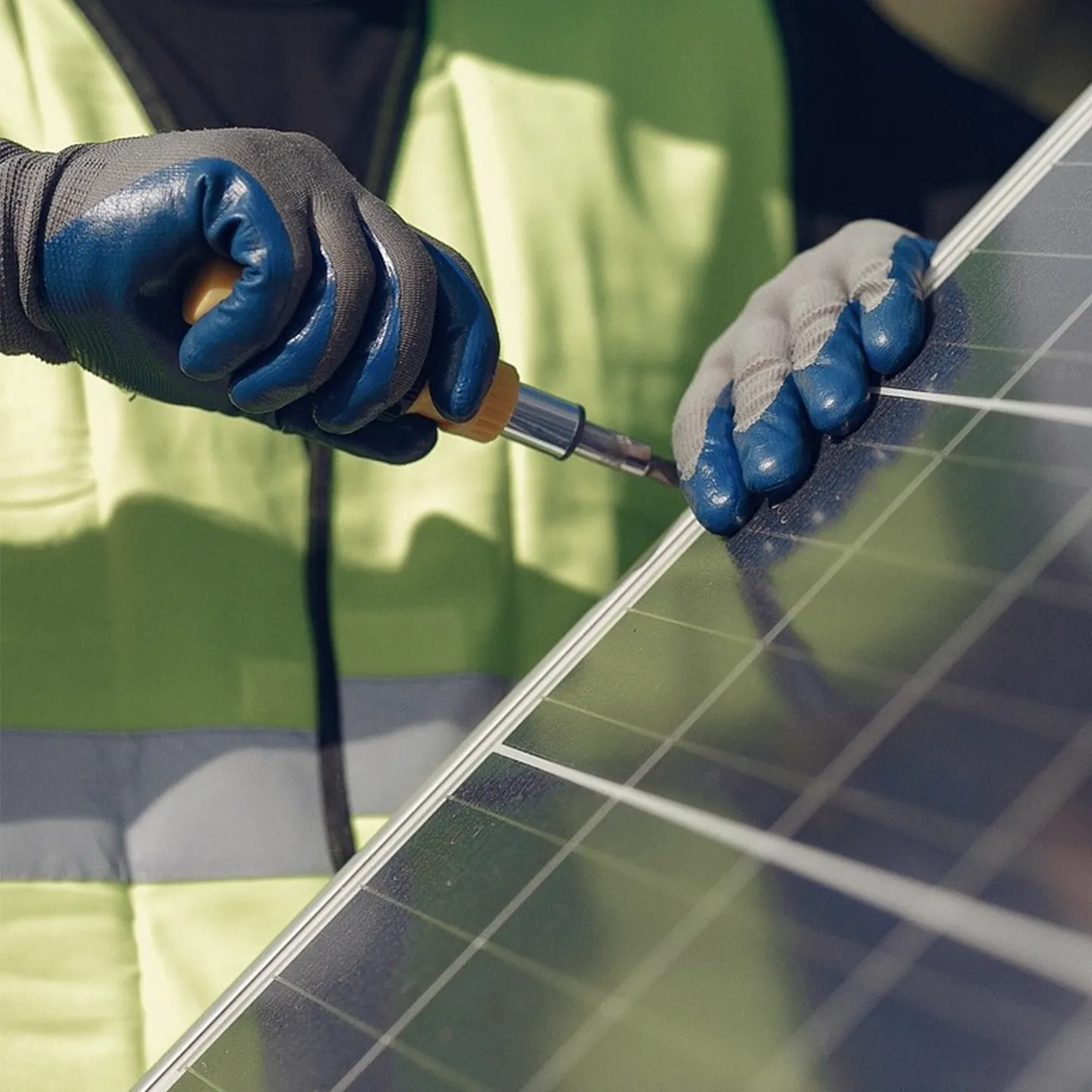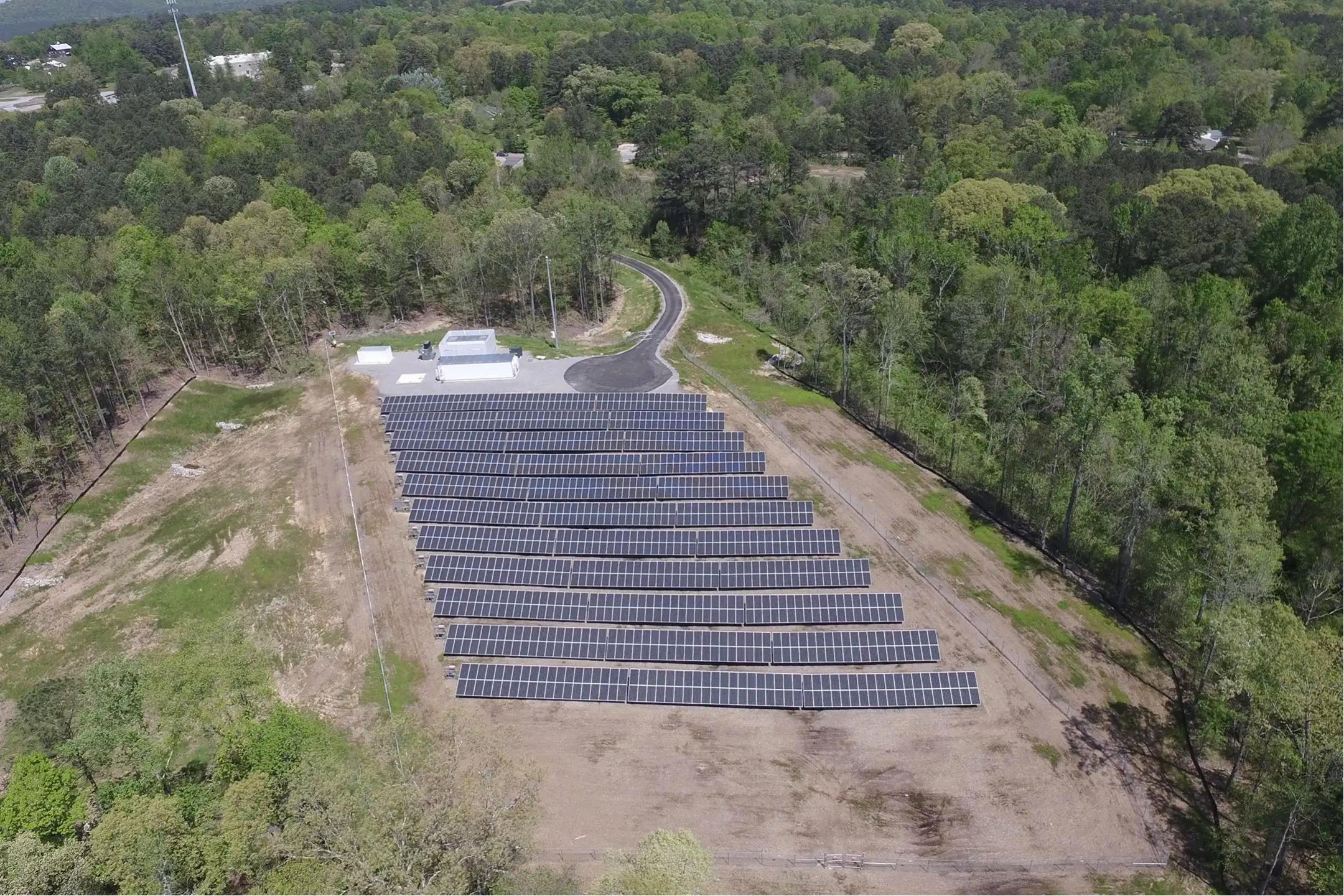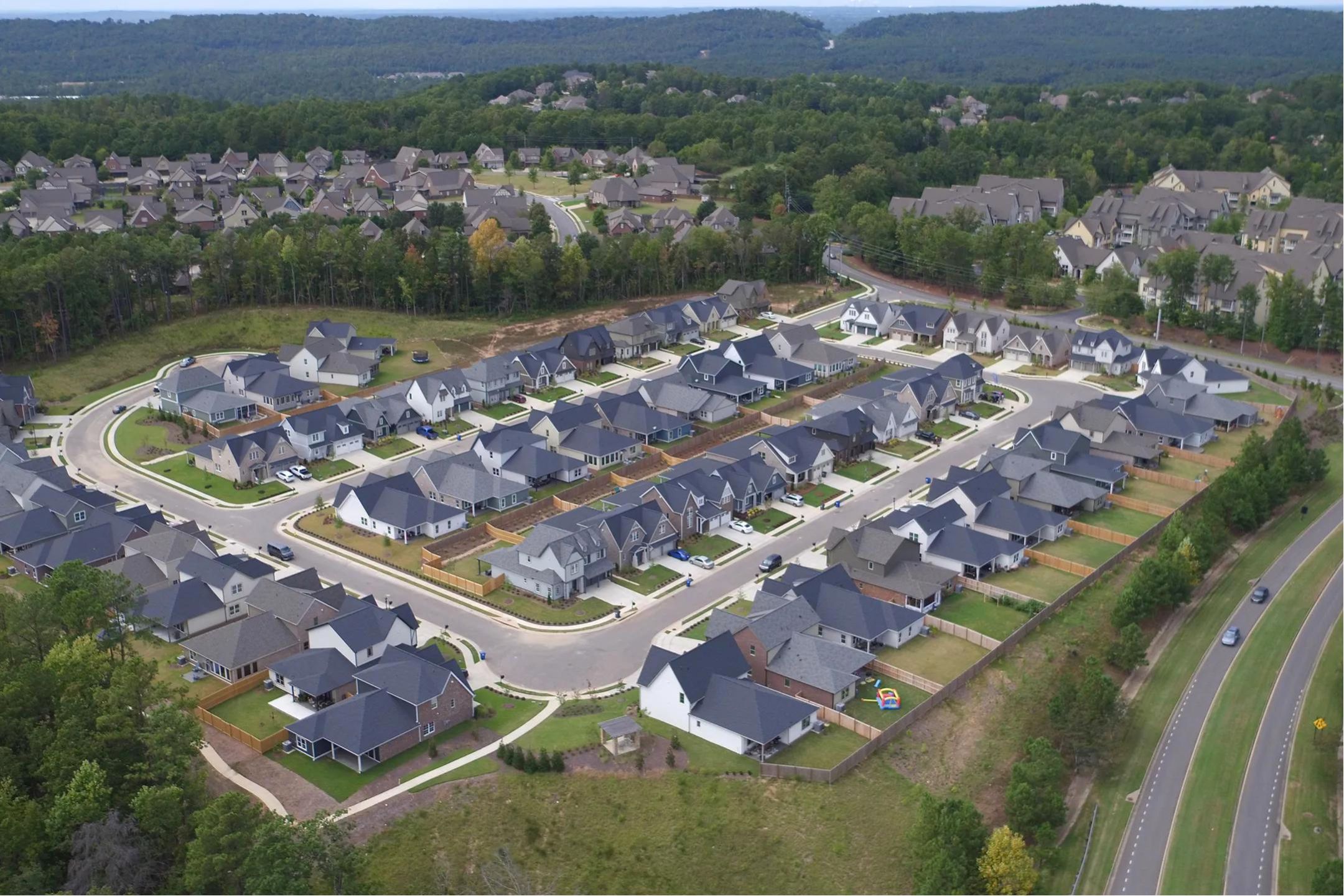Key Takeaways
- Smart neighborhood projects in Alabama and Georgia, funded by the Department of Energy, are bridging a gap between the laboratory and the market by providing critical data to Oak Ridge National Lab researchers and Southern Company on how to apply innovative microgrid as well as solar-and-battery-storage technology successfully.
- The Southeast’s first-of-its kind residential microgrid smart neighborhood in Alabama demonstrates resilience while simultaneously reducing climate pollution. Residents in the smart neighborhoods saw the benefits of being connected to a microgrid right away — avoiding six to eight power outages in the first two years of operation.
- Homes in both neighborhoods were equipped with smart home technologies, allowing homeowners not only to see power usage with a click of a button but also make any necessary changes. Southern Company plans to use research results to inform potential future projects.
- Oak Ridge National Lab researchers say they will build upon their microgrid research to support microgrid projects in Puerto Rico focused on resiliency, paving the way for technology to be used in other hurricane prone areas.
RAMPING UP CLEAN ENERGY
Driving past this recently completed neighborhood in Birmingham, Alabama, you probably wouldn’t find it out of the ordinary. It’s a typical suburban neighborhood with market-rate new construction houses complete with two car garages, fenced in yards that house play yards, barbeque grills and sidewalk lined roads. From the outside, it doesn’t look like the testing ground for a clean energy future.
This is a “smart neighborhood” that consists of 62 new construction single family homes, all built to high efficiency standards, and outfitted with smart energy efficient appliances. The neighborhood is situated on a micro-grid, with a large solar array, large lithium battery, and natural gas generator to power the 62 homes.
Clean technologies have come a long way to make this possible. Solar and battery storage, for example, have significantly declined in cost in the last decade — making them cheaper than coal power plants in many places.
In 2021, renewable energy sources accounted for 20.1% of electricity generation in the U.S. and 12.2% of total energy consumption, according to the U.S. Energy Information Administration. But more is needed.
Meeting our climate goals this decade demands an unprecedented transformation of our grid — reaching an 80% reduction in climate pollution from the power sector by 2030. A key challenge will be ensuring these technologies provide reliable power 24/7, including in times of high demand and extreme weather. Neighborhood microgrids and solar-plus-battery technology offer promising ways to increase reliability as these technologies expand and mature.
With funding from the Department of Energy, Oak Ridge National Laboratory is testing the reliability of clean technologies right now with “smart neighborhoods” in Alabama and Georgia.
With funding from the Department of Energy, Oak Ridge National Laboratory is testing the reliability of clean technologies right now with “smart neighborhoods” in Alabama and Georgia.
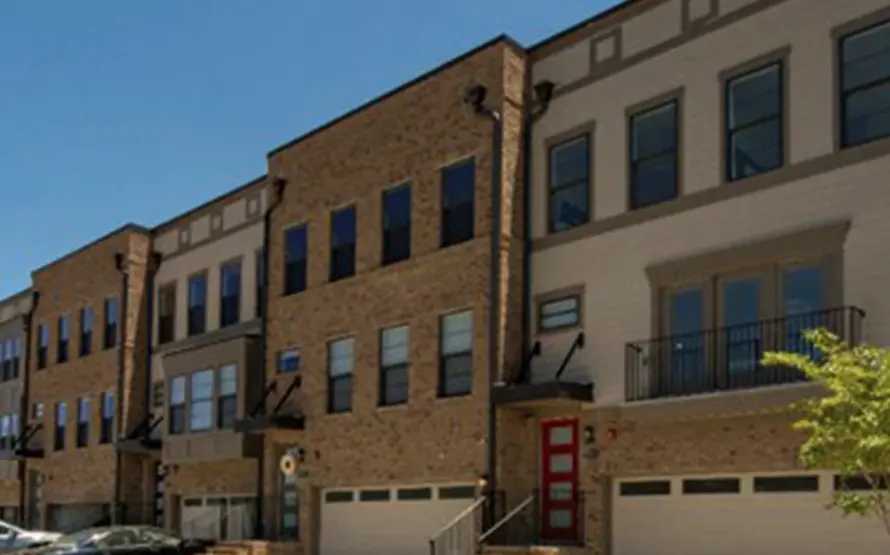
COMMUNITY BENEFITS
A Suite of Solutions to Deliver Clean Energy, Reliable Power
In Atlanta, the smart neighborhood isn’t suburban, but urban chic. Forty-six multi-family high efficiency townhomes were constructed — each with their own solar and battery system. Energy efficiency construction in the homes included spray foam insulation, radiant heat barriers, high efficiency water heaters and HVACs, and the latest in smart home technology, including EV chargers.
In both Birmingham and Atlanta neighborhoods, homes are privately owned. Researchers at Oak Ridge collect data from Southern Company, which supplies the homes’ electricity — giving researchers a rare chance to see how these power systems work in real world situations.
The Birmingham neighborhood, which was completed in 2017, has also given researchers the opportunity to get field experience with microgrids.
“It’s not often that, as researchers, we get a lot of field experience with microgrids,” said Ben Ollis, Oak Ridge National Lab microgrid expert. “Most of the work we do is in a very controlled environment. This was a really great opportunity for us to branch out and see what the real-world issues surrounding some of these technologies are.”
Power system engineers wanted to see how to effectively control microgrids in such a way that they could provide reliability to the homes in the neighborhood, as well as additional energy efficiency and power quality benefits — no flickering lights, Ollis explained.
ORNL Researchers deployed a microgrid controller that would “talk” with the energy storage and other devices, collecting data and information on the weather, and then determining the best time to discharge the battery, charge the battery, or transition off the grid and operate independently in case of an outage.
Researchers were able to show that they could utilize community-scale microgrids to provide enhanced reliability for portions of the grid and operate them with multiple energy sources, multiple vendors, under different grid conditions.
During the first couple of years of the project in Birmingham, the neighborhood avoided about six to eight outages because of the microgrid, Ollis said.
During the first couple of years of the project in Birmingham, the neighborhood avoided about six to eight outages because of the microgrid, Ollis said.
Additionally, researchers dispatched only battery plus solar for a stretch of time to test the microgrid’s viability without natural gas, examining the trade-offs and differences.
“We did a 72-hour island test, and I don’t think we got any complaints from customers about flickering lights or anything like that,” Ollis said. “We were still able to provide excellent power, quality to customers while operating as a decarbonized microgrid.”
In Atlanta, townhomes were equipped with smart thermostats, smart water heaters, and rooftop solar-plus-battery, said Christopher Winstead, a former Oak Ridge National Lab buildings expert who worked on the project. All products were off the shelf and connected to the Internet. Researchers built out Southern Company’s data collecting platform to take the data and run optimization and control.
For example, one system changed HVAC, water heater, and other variables ahead of forecasted changes in energy demand. As a result, the Atlanta smart neighborhood avoided higher electricity rates by pre-cooling homes in advance of afternoon energy peaks, according to Georgia Power.
The rooftop solar, battery storage, plus smart home technology such as energy efficient smart appliances and voice-controlled home automation systems, gave homeowners the flexibility to customize when and how much power their homes used.
“I can make adjustments to ensure my home is well cared for,” one Atlanta homeowner said in anonymous feedback provided by Georgia Power. “I can see what my home’s electricity usage is with the click of a button, but I can also make any necessary changes due to humidity, temperature, or day-to-day preferences.”
Researchers also were able to study the real-world interactions people have with their homes. Unlike commercial buildings where a building manager can set the thermostat and potentially control a sizable amount of load (i.e. consumption of electricity), each residential home represents a smaller load. But because each household interacts with homes differently, such as setting the thermostat at the different temperature, together the load variation can be substantial.
“I think managing the unique relationships that everybody has with their own buildings takes a lot of effort, and it’s very much a non-trivial problem,” Winstead said. “It’s not necessarily the most exciting part of it as far as working with microgrids and controlling electricity. But one of the most fundamental parts of this is how to satisfy all the stakeholders, whether that’s the utility or the person actually occupying the building.”
Through gathering all the data, researchers have been able to conduct modeling and simulations. For example, they were able to learn about what a building does in different conditions. What is the electricity consumption when it’s sunny or cloudy? Are there trends in when people take showers and use their water heaters?
WHAT’S NEXT
Oak Ridge National Lab researchers are also taking the same microgrid controller used in Birmingham to Puerto Rico and developing technology to enhance resiliency during long-term outages. The new technology will manage groups of small microgrids as a cluster, so if one microgrid loses part of its solar generation, a neighbor can export power.
Federal funded research projects, like those at Oak Ridge National Lab, will be critical in supporting the transition to a power sector that is zero carbon and reliable. With research data and modeling based on actual users, scientists are able to show that clean energy and efficiency technologies can work together in the real world, not just theoretically.
The lessons that are learned in Alabama and Georgia, such as how customers interact with their smart homes and how price signals can change electricity usage habits, could be applicable to anywhere around the country.
“The technology is mature enough to where this could go out into the field and work because we’ve shown that it can. That’s definitely a big takeaway — this technology can work,” Ollis said.
“The technology is mature enough to where this could go out into the field and work because we’ve shown that it can. That’s definitely a big takeaway – this technology can work,” Ollis said.
Policy Lessons
As policymakers, communities and businesses take hold of new climate investments in the U.S., these case studies offer several key policy lessons on how to maximize the impact of federal funding through collaboration, information sharing and tailoring the funding approach. These examples show that federal funding, if designed well and implemented in partnership with communities and businesses, can strengthen a community’s resilience, create new jobs and economic opportunities, lower household energy costs and slash climate pollution.
- Community vision should guide federal support.
- Leveraging trusted voices and networks can enhance the adoption of new solutions.
- Underserved communities should be prioritized for federal climate funding.
- Technical assistance is a critical enabler.
- Funding pilot projects can put solutions to the test in real-world conditions, supporting broader scale-up.
- Program evaluation can help drive even more impactful investments in the future.
